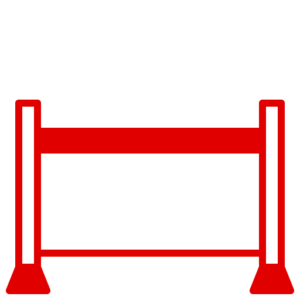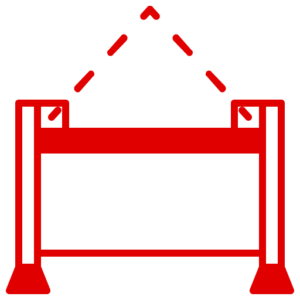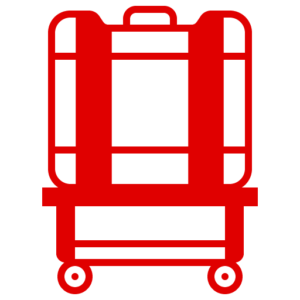News
Stillages Transportation: Ensuring Compliance Under LOLER for a Safe Journey
At Lowe Stillages and Cages, we recognise the importance of safety, not only in the design and use of our products, but also in their transportation. The Lifting Operations and Lifting Equipment Regulations 1998 (LOLER) have clear guidelines on how to safely transport stillages. These provisions are meant to minimise risks associated with lifting and moving heavy loads. In this blog post, we shed light on how employers can effectively align with these regulations and establish a culture of safety in the transportation of stillages.
Adequate Training
Training is the first and most crucial step in ensuring safe transportation of stillages. Personnel involved in these operations should be well-versed in proper procedures and safety considerations. Training should cover critical topics such as securing stillages, understanding load distribution, and mastering safe handling practices during transportation.
Secure Attachment and Restraint
The importance of secure attachment of stillages to the transportation vehicle or handling equipment cannot be overstated. Employers should use suitable restraints, such as straps, chains, or clamps, to prevent any movement or dislodging of the stillages during transportation. This step ensures the stillages stay in place, contributing significantly to transportation safety.
Weight Distribution
Another crucial aspect is the appropriate distribution of weight within the stillages. Employers should ensure balance and stability by considering the centre of gravity and evenly distributing the load. This consideration helps to prevent tipping or exerting excessive strain on the transportation equipment.
Clear Pathways and Obstacle Avoidance
Transportation of stillages requires clear pathways and careful navigation to avoid obstacles or hazards that may impede safe movement. It’s essential to plan the route in advance, identify potential challenges, and take proactive measures to safely navigate around them.
Regular Equipment Maintenance
Transportation equipment such as forklifts or cranes must be maintained in good working condition. Regular inspections, timely repairs, and immediate addressal of any identified issues are paramount to ensuring the safe and reliable transportation of stillages.
By adhering to these guidelines, employers can significantly enhance the safety of stillages transportation in line with LOLER regulations. The combination of adequate training, secure attachment, proper weight distribution, obstacle avoidance, and regular equipment maintenance lays the foundation for safe and compliant transportation of stillages during lifting operations.
At Lowe Stillages and Cages, we are committed to helping you navigate these regulations. We believe in the importance of safe practices in every step of a stillage’s life cycle, from production to transportation. Together, we can create a safer and more productive working environment.














